Cycling in aquaponics is one of the most important processes when starting an aquaponics system. It is essential to the success of the system, the health of the fish, and the growth of the hydroponic plants. Cycling in aquaponics refers to the process of establishing a healthy bacteria colony within the system. Without the bacteria, the nitrogen cycle does not occur. The nitrogen cycle is what transforms the ammonia from fish waste and decomposing fish food into nutrient-rich fertilizer for the plants. For this transformation to take place, nitrifying bacteria must be present. These bacteria first convert the ammonia into nitrites. Next, bacteria turn the nitrites into nitrates, which is the form that gets used by the plants as food.
Without a thriving bacteria colony the nitrogen cycle cannot work. This would mean the complete failure of the aquaponics system, which is why cycling is so important. For cycling to occur, ammonia must be added to the system. This ammonia can be generated by the fish, or can be added using another method. Regardless, ammonia is needed for the nitrifying bacteria to begin to do their work and to reproduce. As more ammonia is added more bacteria are produced, which means the system can work efficiently. Once the ammonia converting bacteria become established, they produce nitrites. This allows the bacteria the use the nitrites and produce nitrates to begin reproducing. A system is considered fully cycled once little ammonia or nitrites are measurable during testing.
Fishless Cycling In Aquaponics
When cycling is initiated without the addition of fish, the process is considered fishless cycling. This process is often used in new systems or tanks because it can be completed without any concern related to the safety of the fish. With no fish in the system, high levels of ammonia are less of a concern. To begin fishless cycling in your system, you need to introduce ammonia without fish waste. This is generally accomplished using an ammonia solution. In addition to the ammonia solution, testing kits for determining both ammonia and nitrite levels are required. A pH testing kit is also recommended. Cycling in this manner will take roughly two weeks.
The process is relatively simple. After the system is setup, begin by adding the ammonia solution to the water in the tank. An ammonia concentration of about two parts per million (ppm) is recommended, but an exact measurement is not necessary. Keeping the ammonia between one and five ppm will ensure success. Continue the process of testing and adding ammonia, keeping the ammonia level above one ppm. Once the levels of ammonia and nitrite are both below 0.25 ppm, add another dose of ammonia to bring the tank back to around two ppm. Once the tank gets back to the 0.2 ppm level, the tank has been fully cycled and some fresh water and fish can be added.
Cycling with Fish

Start by adding a few fish to the tank. It is important not to start with too many when cycling with fish because it could cause the ammonia levels to spike and become harmful to the fish. Once your fish are in, feed them so they can start the cycle by producing waste. Monitor the ammonia and nitrite levels daily to make sure they do not get too high. If ammonia levels approach or exceed one ppm, you will need to do a partial or complete water change. Continue monitoring levels and replacing water as needed until your tank is fully cycled and levels of ammonia and nitrite remain below 0.25 ppm. This may take several weeks to occur.
Cycling in aquaponics is an essential first step in getting the system to work properly and to grow fish and plants successfully. Cycling can be accomplished with or without fish in the system. Either method will work as long as ammonia is present and can be used for food to encourage the growth of the bacteria colony. Once the colony is established, ammonia and nitrite levels will drop, and the tank is considered fully cycled and ready to get to the real work of growing food.

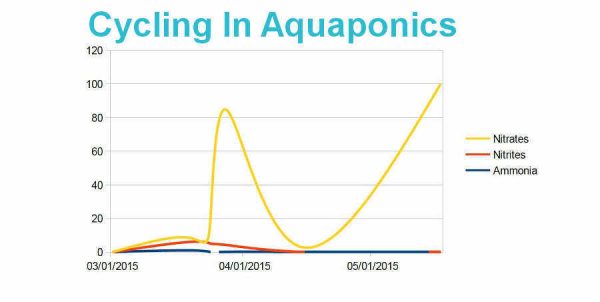


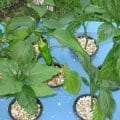


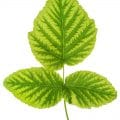


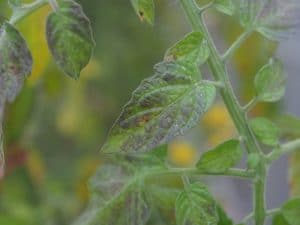
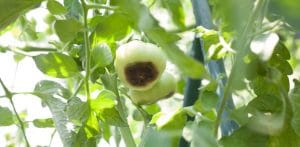
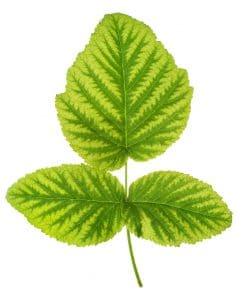
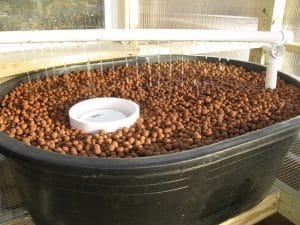
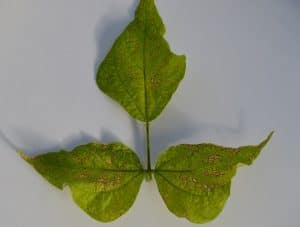
Leave A Comment